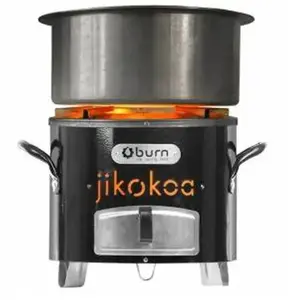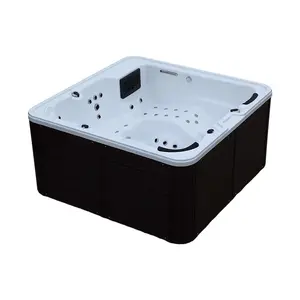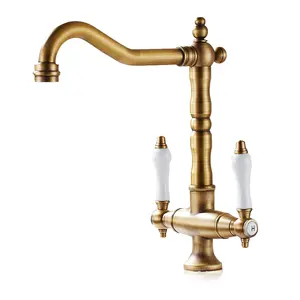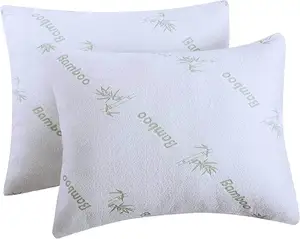Popular in your industry








































Top categories
About bamboo hardboard
Bamboo Hardboard: An Overview
Bamboo hardboard stands as a versatile and cost-efficient material, primarily utilized in the construction of furniture and various surface applications. This engineered wood product is crafted from compressed bamboo fibers, resulting in a dense, durable board. Its adaptability extends to insulation purposes, particularly in roofing, due to its thermal properties.
Types and Applications
The utility of bamboo hardboard spans across different types, including low-density fibreboard for economical furniture solutions and medium-density options for a balance of affordability and quality. High-density hardboard serves as the go-to for premium, durable furniture construction. Beyond furniture, this material is also employed in creating cabinetry, desks, and chairs, with the added benefit of accepting paint with ease, allowing for a wide range of aesthetic finishes.
Material Features and Advantages
Bamboo hardboard is distinguished by its environmental sustainability, often made from secondary raw materials like sugarcane and hemp fibers. These eco-friendly alternatives maintain the strength and resilience of traditional hardboard. Specialized variants include fire retardant and waterproof fibreboards, tailored for kitchen use and high-moisture environments like bathrooms and basements, respectively.
Environmental Impact and Sustainability
The demand for sustainable building materials has risen sharply, with bamboo hardboard at the forefront due to its green credentials. Sourced from fast-growing bamboo, it offers a renewable option that doesn't sacrifice performance. The production process of bamboo hardboard also tends to have a lower environmental footprint compared to other wood products.
Considerations for Suppliers
Suppliers are encouraged to stock a comprehensive range of bamboo hardboard to cater to diverse market needs. It is advisable to maintain a robust inventory in bulk to meet the continuous demand. When sourcing, selecting a variety of colors and treatments of MDF and fibreboard will enable customers to find the perfect match for their specific project requirements.
Conclusion
Bamboo hardboard is a material that aligns with both economic and ecological goals, offering a practical solution for a multitude of applications. Its ability to be easily painted and customized meets the creative needs of builders and designers alike. As an integral part of the construction and furniture-making industries, bamboo hardboard continues to be a sought-after product for its balance of durability, versatility, and sustainability.



























